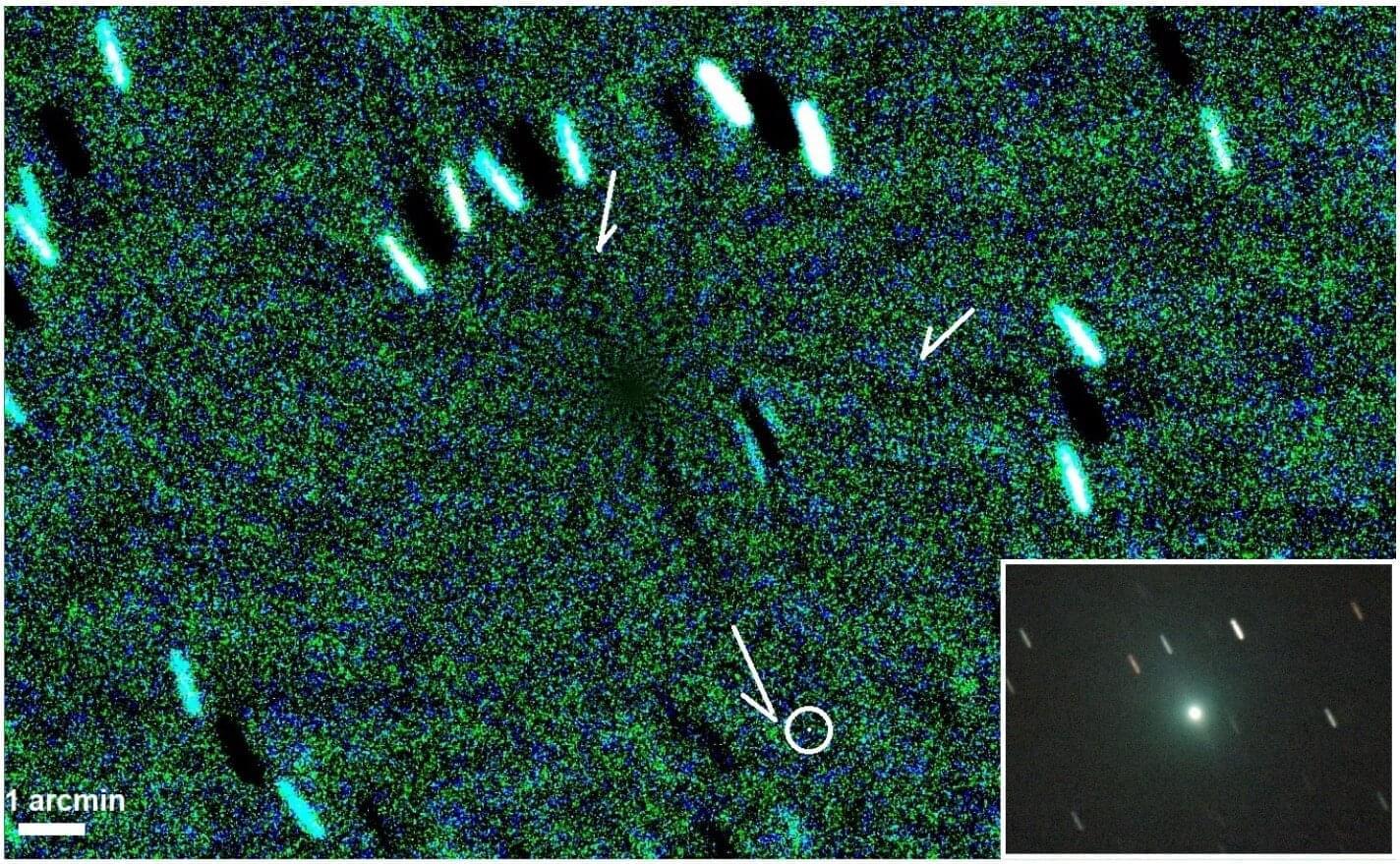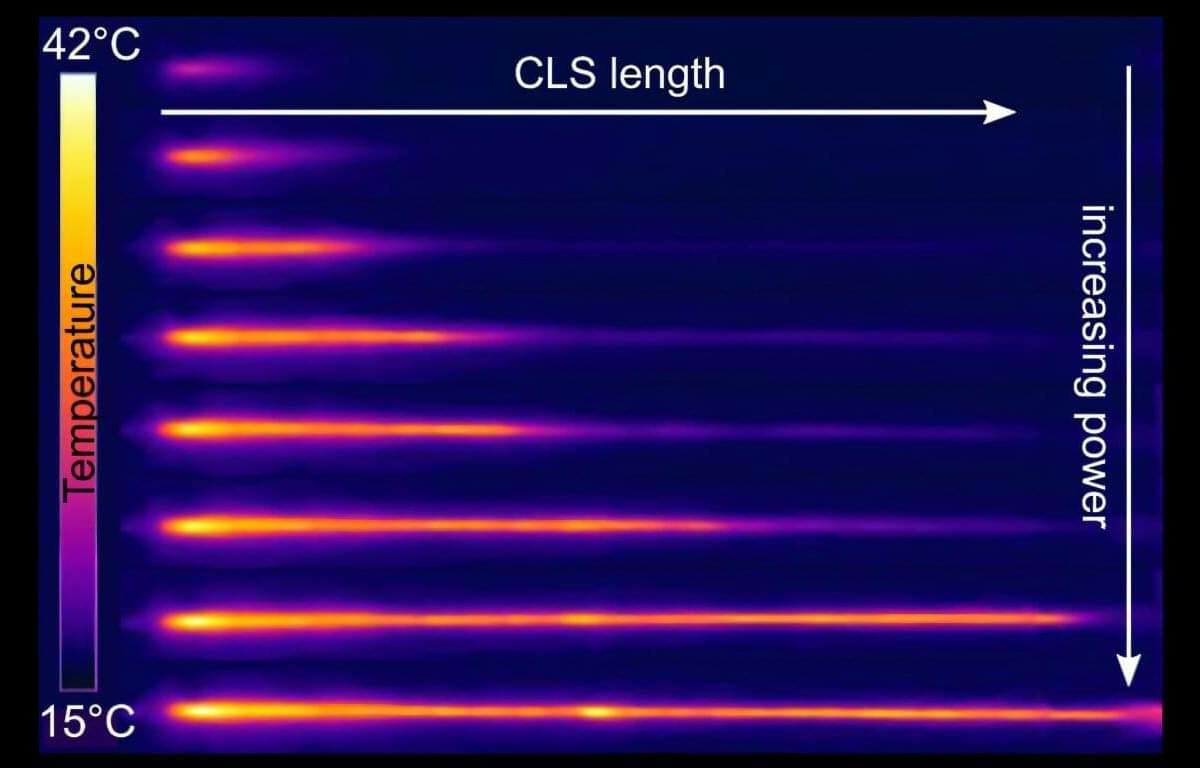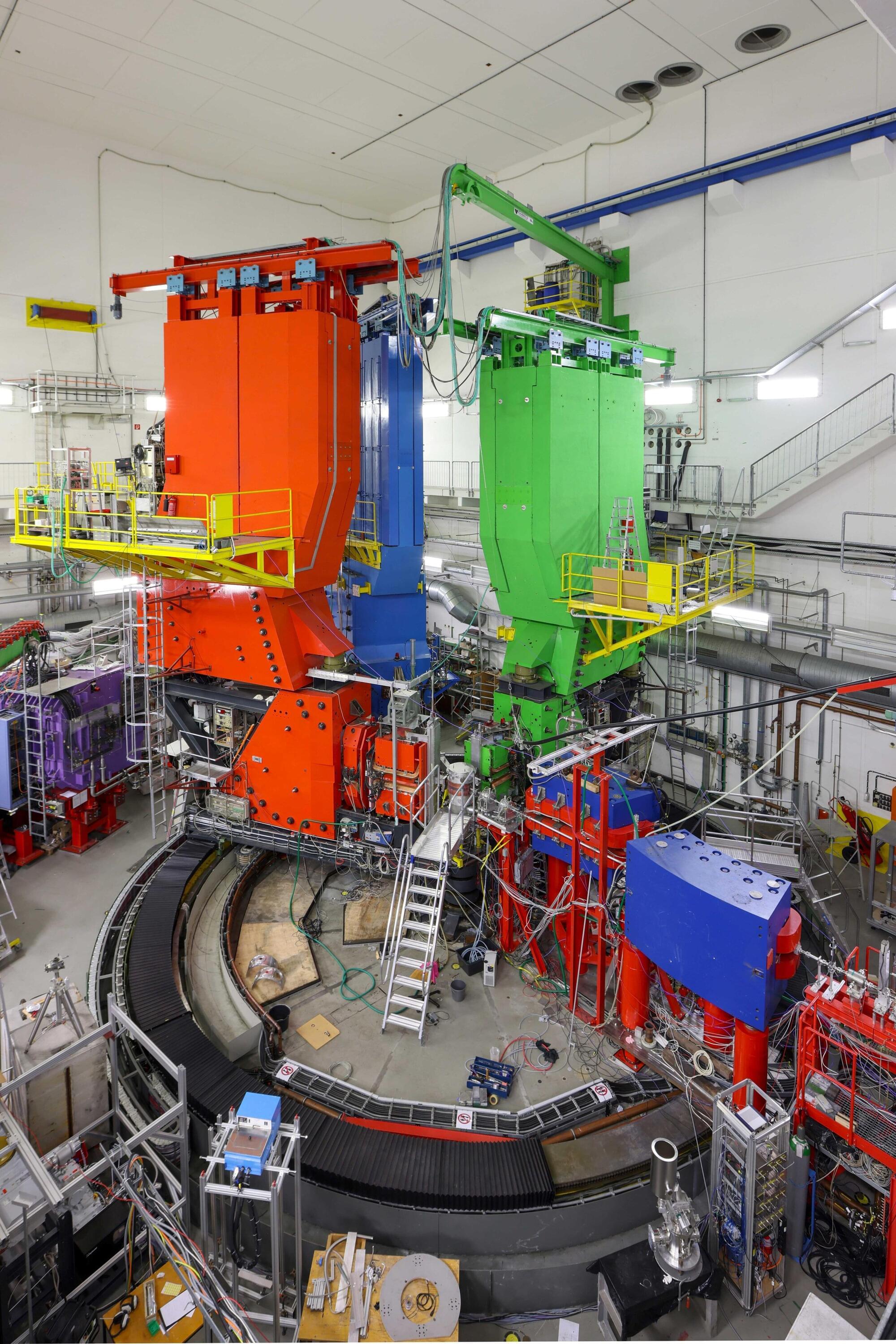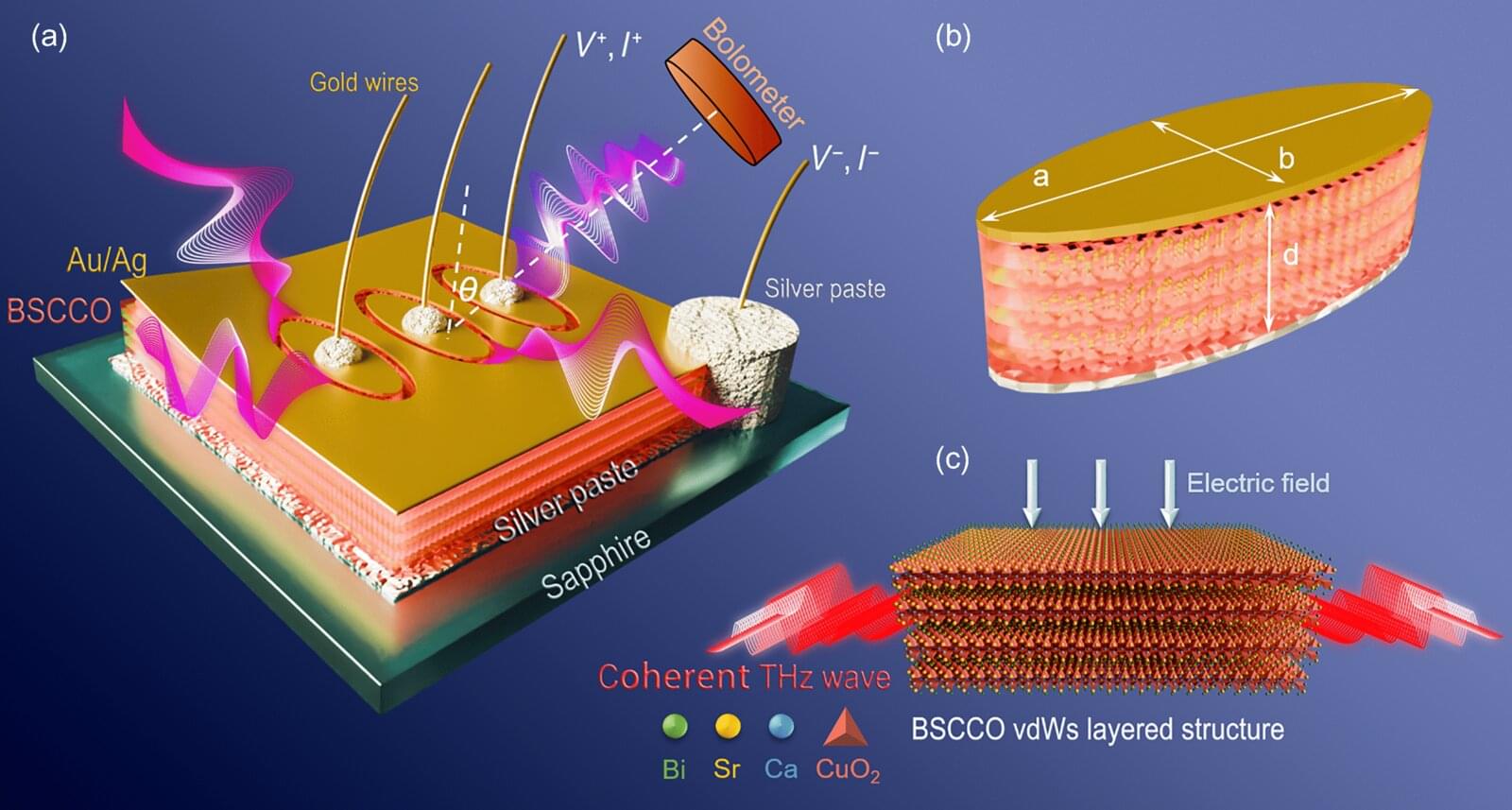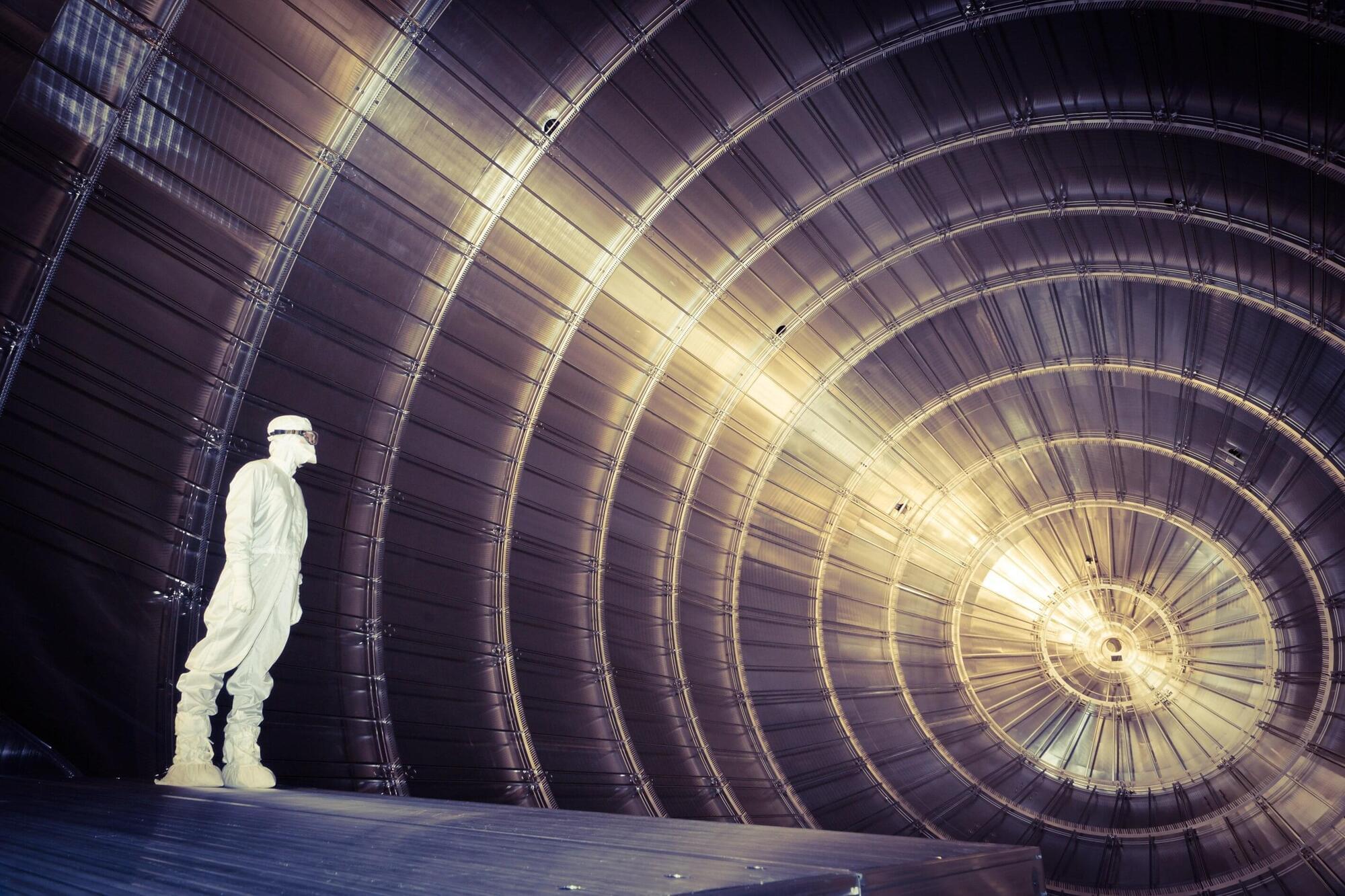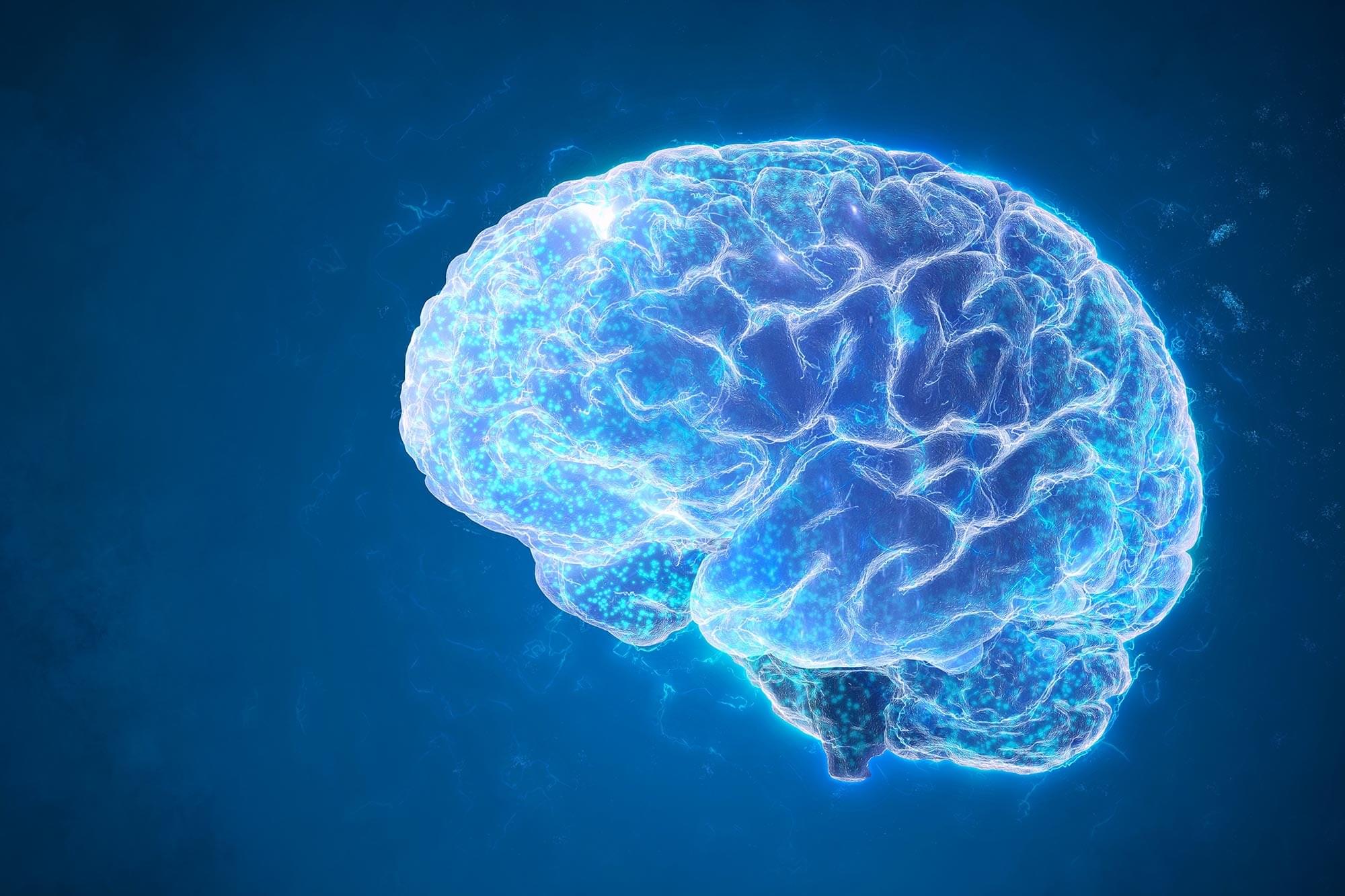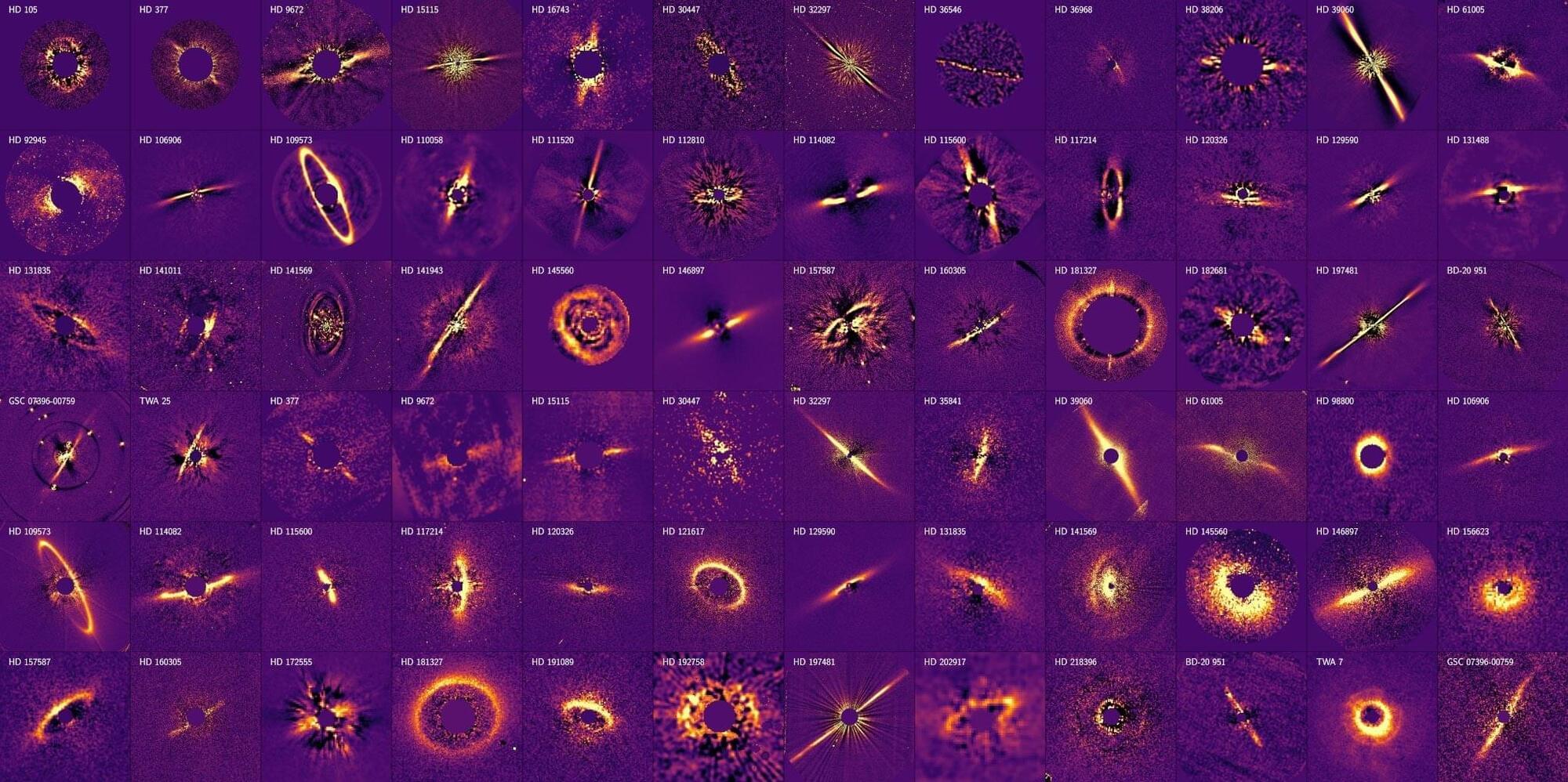Analysis of the second confirmed interstellar comet to visit our solar system suggests that the alien body could be covered in erupting icy, volcano-like structures called cryovolcanoes. Researchers also discovered that the comet has a metal-rich interior, which could challenge our understanding of how comets formed in our own planetary system.
The scientists tracked Comet 3I/ATLAS from July to November 2025 as it hurtled toward our sun. It presented a rare opportunity to study an object formed around another star in interstellar space. What makes it so valuable is that it is pristine, having never passed close enough to a star to be heated, melted, or otherwise altered by radiation. That means it is almost the same as it was when it formed billions of years ago in its home system.
